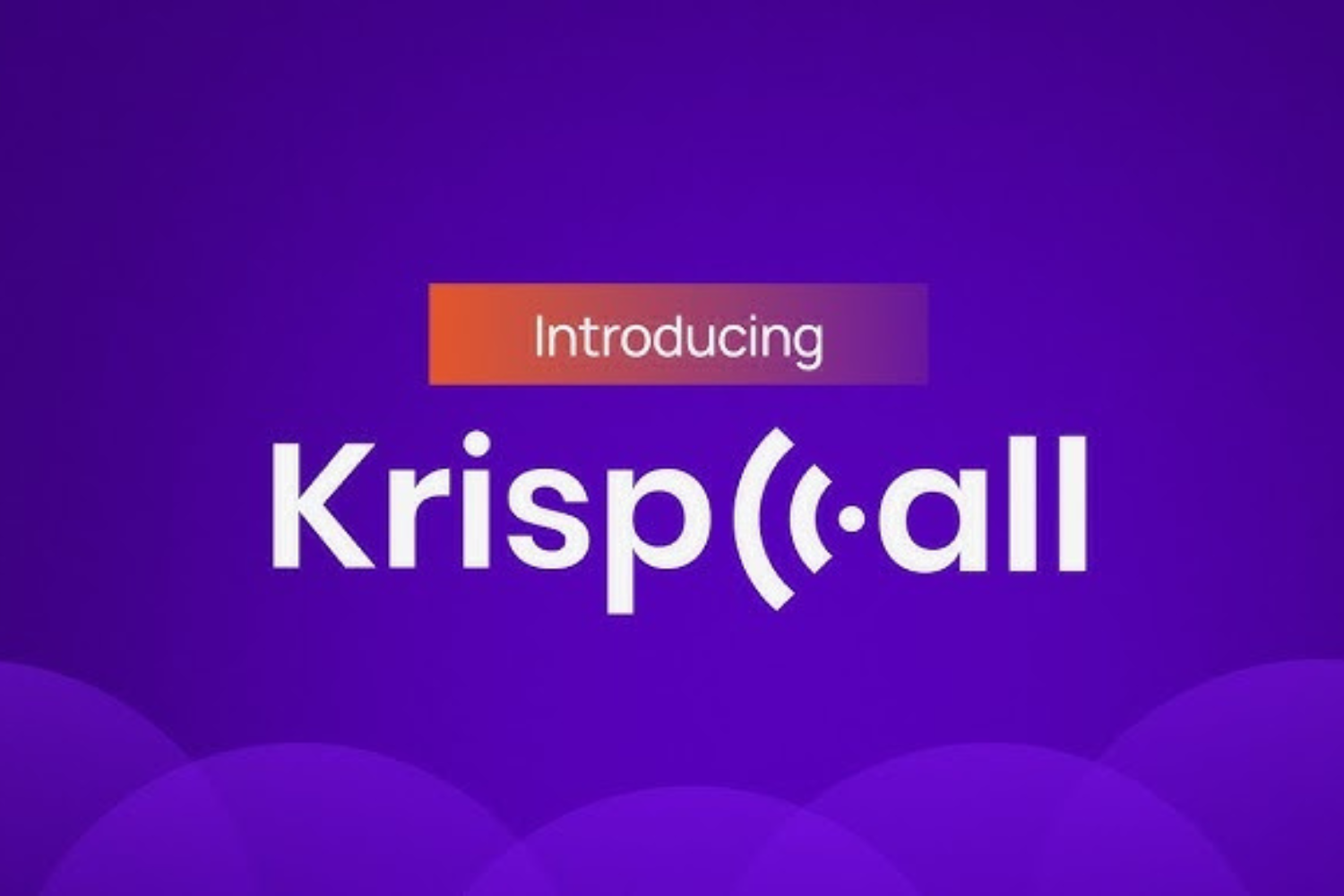When it comes to a Free Personal Blog, there’s plenty of space on the internet for everybody. Especially, for people who love to share ideas or give shape to their thoughts. And maybe even reach a global audience. But, How do you put yourself on the path to achieve all of that?
For once, what if you start a personal blog? Blogs are super-effective for a couple of reasons. Chiefly, one of them is that 77% of internet users read blogs. So your audience is already out there. Furthermore, creating a personal blog through WordPress, for example, isn’t hard to do, so why not try doing it yourself?
Your personal blog site is just but a symbol of your minute presence online. This means you’ll be losing almost 90% of your other online presence perspective if not well represented. Not to mention, it’s extremely difficult to do an online search for products or services and not end up reading several blogs and post articles.
Bearing in mind, in this blog post, I’ll lead you through all the steps you need to take in order to start a personal blog. Particularly, that which is effective, cheap, good-looking, and on a path to success. This is your ultimate guide to a personal blog on WordPress, and all the resources you need to make it happen.
What Is A Personal Blog?
A Personal Blog (shortening of “weblog”) is an online journal or informational website displaying information in reverse chronological order. With the latest posts appearing first. It is a platform where a writer or even a group of writers share their views on an individual subject.
Basically, there’re many reasons to start a blog for personal use and only a handful of strong ones for business blogging. Blogging for business, projects, or anything else that might bring you money has a very straightforward purpose. To rank your website higher in Google SERPs, a.k.a. increase your visibility.
As a business, you rely on consumers to keep buying your products and services. As a new business, you rely on blogging to help you get to these consumers and grab their attention.
Without blogging, your website would remain invisible, whereas running a blog makes you searchable and competitive.
Read Also: WordPress Themes | What are they & How do they Work?
So, the main purpose of a blog is to connect you to the relevant audience. Another one is to boost your traffic and send quality leads to your website. The more frequent and better your blog posts are, the higher the chances for your website to get discovered and visited by your target audience. This means, that a blog is an effective lead-generation tool.
Add a great Call To Action (CTA), and it will convert your website traffic into high-quality leads. But, a blog also allows you to showcase your authority and build a brand.
When you use your niche knowledge for creating informative and engaging posts, it builds trust with your audience. Great blogging makes your business looks more credible, which is especially important if your brand is still young and fairly unknown. It ensures presence and authority at the same time.
What Is A Personal Blog Structure Like?
Ideally, it’s all about what you intend to be known best for online.
Every person who wishes to convey a message to someone has to make sure to choose the right medium first. With most of the population shifting their preference to technology, the mediums for sharing information have also changed to a great extent.
Personal Blogs have evolved as a great medium for sharing information or even expressing thoughts online. The appearance of blogs changed over time, and nowadays blogs include different items. But, most blogs include some standard features and structure.
Here are the common features of a typical blog:
- Header with the menu or navigation bar
- The main content area with highlighted or latest blog posts
- Sidebar with social profiles, favorite content, or call-to-action
- Footer with relevant links like a disclaimer, privacy policy, contact page, etc.
Personal blogs have gained a lot of popularity with time and have become a great source of sharing experiences, feelings, thoughts, or even knowledge about anything and everything. There is no hard rule as to how to create a personal blog. Below are the simple steps to creating a personal blog, especially, as a beginner webmaster.
Your Hosting Plan Choice & Domain Name Purchase
This is one of the main and foremost steps.
Eventually, it starts with making the blog accessible to people around the world. This way you can surely widen the reach of our blog and reach out to the audience from across the globe. And in general, this requires two main things primarily namely Web Hosting and Domain Name, to begin with.
Hosting –
This is the powerhouse of your site.
Even though you might not be able to see it but still every website on the internet has a host providing service and most importantly the power to it.
To keep it simple and practical a hosting service is the one that is actually responsible for connecting your website to the internet if there is an absence of a hosting service and hosting provider surely it would lead to no connection of the website with the internet.
Domain –
Domain practically is your permanent address.
You should try and get a unique name that is engaging and induces the audience. Many websites today provide free domains but that is just the case for newbies. If you are planning to create a big online appearance it becomes a sort of necessity to have your own domains as it goes a long way in building trust among the users and giving your website a unique identity of its own.
You can surely choose to build your website from the scratch at any time, but that simply implies that you’ll have to spend a great deal of time coding, and then too after inculcating maximum efforts, the end result might come mediocre which can be surely disappointing.
So, in case you don’t fancy the idea of toiling and playing around with the codes and the complex language, you can simply adjust your attention and focus to turn to the specialist available at your disposal online. You can easily start with the purchase of your hosting and domain at the same time.
How To Choose A Web Hosting Plan
Basically, when choosing a web hosting service, you must first decide what type of website you wish to create. For instance, someone who wants to start a photography website has very different needs from someone developing a gaming forum. After you’ve decided what you need, you must then decide what you don’t need.
Many hosting services offer a wide array of products; some are key elements, but many are needless bells and whistles. If you’re unsure, many hosting companies have strong support centers where you can dig for the right answers. With this in mind, you can see some of the Best Web Hosting Based on In-Depth Reviews to gather more information first.
You may choose to go for different options available at your disposal but you can choose the WordPress Blog as your starting point. And it’s widely recommended to use BlueHost for new WordPress Bloggers to meet all the desirable requirements. Some of the reasons justifying this choice and move are as follows;
(i) Overall Budgeting
Budget is something that gives enough goosebumps to big giant names online let alone the newbie startups and bloggers. To eradicate this thought from the context many websites are available for aid. Hosting services and domains are easily available at a very reasonable price. Above all, which is a great fact for all the budding bloggers out there. Trying to make their mark amidst the cutthroat competition.
(ii) Domain Name
You are even eligible for a free domain name when you sign up and this directly ties in with affordability as a domain otherwise would easily cost around $10+. The amount in some cases might seem less but it is eventually on the final payment that you realize that the iceberg is just a small part of the glacier.
(iii) Files Installation
You seriously require zero stints with technical knowledge as you can install a wordless software easily within a few clicks and start using it. This eliminates the fear of having high technical knowledge which is widely prevalent among budding bloggers. Having said that, you can always choose to get into the production model of the website in the traditional way. But, it’s surely your choice for the simple fact that it’s your website and most importantly your blog.
(iv) Website Hosting
Success surely can’t be achieved overnight and keeping this in view, BlueHost offers plenty of performances to keep your site loading. Being a new blogger, one can be easily carried away by the slams online. Or simply in the stress of managing the workload and being behind the wheel of the whole process. You can easily sign up for Bluehost WordPress hosting at any time. This surely might come across as a daunting task. But, it’s only when you start getting hold of it that you realize that you can realize how easily you can create a personal blog.
Install Your WordPress Software
Unsurprisingly you will have to install the software.
For instance, if you are creating a WordPress Blog you will be required to install the software of WordPress. This again might come across as a little intimidating but most people are surprised at knowing how easy it is actually to install the software. After completing the signup part you receive an email from Bluehost.
The email aims at facilitating your experience of logging in to the Bluehost customer area. A simple wizard is available at your disposal once you are done logging in for the first time. Thereafter, the wizard takes you through the process of installing WordPress on your brand-new site.
Using the easy navigation and the menu available you can launch the Wizard all by yourself and that too pretty easily. Once you are down with the installation process, you finally have access to the dashboard of your new blog. Having access to the dashboard and that too so easily can surely turn up the mood of the users and this again marks a great start for their blog.
Start Writing On Your Personal Blog
Yes! You have earned it.
The next step that follows after completing the installation process is to actually give your personal blog some content. Using the menu and options available at your disposal, you will eventually launch the WordPress editor that would let you write content for your personal blog.
Using “blocks” facilitates the addition of blog images or even an embedded YouTube video. Leaving your blog merely on the responsibility of written content can make it boring at some point in time. To avoid this issue, it is always recommended to keep using pictures and other stuff too.
Having said that, it doesn’t imply that one should stop focusing on writing quality information on the blog and rely completely on the pictures and Infographics.
Looks, Do Matter!
Of course, looks do matter.
So, why take a chance with your personal blog? After you have actually written content for your first personal blog, you have to change the way how your blog looks. WordPress allows you the luxury of choosing from a huge collection of themes.
The thing with WordPress is that you already have a theme on your blog. It can even be the default theme of WordPress or the one that you choose during the setup wizard. You have a lot of themes for WordPress so you are really not limited to a small selection.
Read Also: WordPress Plugins | What are they & How do they Work?
The next task that you come across after you have finally chosen a theme for your personal blog is how to install a WordPress theme. Below are the steps that make your journey of applying a theme to your personal blog easy.
How to apply WordPress Themes to a Personal Blog;
- Start by hovering over the Appearance
- You have to select a WordPress Theme.
- Having various themes to choose from can surely make it confusing, but you again have the categories aligned to choose the best and the most appropriate one.
- After selecting the theme, you have to click on the Add Theme button.
- It is solely your choice whether you wish to do the free themes or even a theme for the vast collection. And why not? It’s all for your own personal blog.
- After you are done with installing the theme, you just have to click on the Activate button to apply the theme and make it active on your site.
It would be wrong to say that you can’t choose to customize your site after applying the theme. WordPress offers a feature called WordPress Customizer that lets you make tweaks to your theme. The best part of this is that you can do it without having to know the codes.
Add Functionality To Your Personal Blog
Functionality is another key to your personal blog.
While the looks of your personal blog do matter and are going to induce visitors, you have to pay proper attention to the WordPress Plugins. Plugins are mainly focused on facilitating the functionality of your personal blog. There is no denying the fact that when you create your personal blog with WordPress, you have the ability to write blog posts and create pages.
You can easily add more functionality with the aid of plugins. It’s, important to realize, that there are a variety of advanced functionalities that you can add using plugins.
They include:
- Contact Forms
- Backups
- Improved Search Engine Optimization
- Social network buttons
Naming these functionalities doesn’t imply that only these are available at your disposal. It won’t be wrong to state that you have a WordPress Plugin available for nearly every function that comes across your mind.
Many might question how to install plugins for your personal blog. Don’t worry! You are covered (not in the literal sense). Jokes apart below are the quick version steps that you can follow.
How to add plugins to your personal blog:
- You simply have to go to Plugins and then click on Add New (if it wasn’t obvious)
- If you choose to go ahead with a free plugin available at WordPress you just have to type the name of the plugin you wish to install for your personal blog and install it.
- If you purchase a plugin you have to click on the Upload Plugin button and then upload the ZIP file you received when the plugin was eventually purchased for your personal blog.
This might come across as a very simple and obvious step but you still have to make sure that you activate the plugin after you have installed it. The plugins tab allows you to manage the plugins for your personal blog very easily.
What Business Blogging Entails
Unlike having a personal blog, there is cream in business blogging too.
Business Blogging entails the process of creating relevant contextual and well-written articles and blog posts. Either written internally by the media team or even through an externally contracted expert. Exclusively, a business blog is a marketing channel that helps businesses front on online search results. Additionally, it helps the business increase its;
- online visibility,
- its online awareness,
- convert new leads,
- close new deals, and also
- support its general online growth.
Comparatively, the digital online and social media marketing journey is quite demanding. Initially, before businesses found it useful to blog, blogging was scheduled to live journal and reserved for nerds. Luckily enough, those days are long gone as business blogging, has become part of a marketing strategy. Learn more about what Business Blogging is in detail.
The Best Practices For A Personal Blog
After you are done with creating your personal blog, what next?
SEO (Search Engine Optimization) is the new worry every content writer has. Those proactive, skilled, and experienced enough are able to write fully optimized blog articles. One of the key roots of the topmost search engines like Google, Yahoo, Bing, Yandex, and the like is the matter of Web page Ranking and Positioning for many webmasters such as ourselves.
Moreover, Content Marketing has been declared across the marketing industry as the new “SEO.” As a result, you’ll get your website buried alive without fresh, relevant content, mainly in the form of Blog Posts. This is due to the changes Google and other major Search Engines have undergone in the past few years.
And the changes are seemingly increasing each day allowing creative and relevant information to get optimized first. Therefore make sure your website not only provides relevant content but also useful information to entice your potential subscribers.
1. Encourage Blog Site Subscriptions
Important to remember, your blogging practice should be able to encourage the conversion of blog readers into mailing list subscribers. Increase the number of your blog site hits by allowing visitors to have an opportunity to subscribe. Often, some subscribers are also potential Guest Article Writers adding to your list of volunteer business blogging experts.
2. Routine Schedule
Implement a routine schedule for how you do your blogging. Chiefly, you’ll achieve this through your Analytics Funnels as well as Social Media Insights. Whereas you will have an idea of when to share a new blog both on your site and your social media.
3. Control Panel And Domain files
During the website design and development stages, some incompetent designers separate your blog from your site. Which means the two operate separately even though they are on the same panel. Ensure your blog and website are on the same domain too to offer smooth XML sitemaps indexing.
4. Postage and Scheduling
Make sure you set a daily, weekly, or monthly post-schedule plan. Whereas you’ll allow the readers to have a flow of content but within separate intervals. Therefore don’t publish 20 blogs in a day for the whole month. Even if you are too busy, have separate timelines between the weeks to post at least 5 blogs. Alternatively, you can as well post one blog per day.
5. Call To Action (CTA)
Utilize a clear CTA (Call to Action) during your social media sharing, scheduling, and campaigns. To clarify, there is no better way to maximize the potential of conversions from your blog than through a well-written CTA. Always provide your readers and social media fans with indications, directions, and knowledge that leads to action.
6. Identify Your Blog Authors
Owing to that you have a unique voice in your industry, so ensure this is on full display with a well-written description of the Authors. Alongside each published blog post and any public archive pages. Equally important, make sure that both the Author and the content are well-optimized for search engines.
Takeaway,
You’ll remember very well the existence of the Yellow pages before the division into more marginalized and simplified blog sites. Each specifically owes its audience and general public readers a variety of resourceful research, training, and learning materials. Again, with time, the niche is quite extensive reaching out to customized blog sites with a variety of market outreach.
Eventually, your Website Blog gives you the opportunity to create relevant content for your customers. Whereby, you can use it as a marketing tactic to drive traffic back to your website. In that case, make the blog on your website the foundation for all of your social media platforms as well. Also, give your social media followers a reason to click through to your website.
Other More Related Resources:
- Google Search Console | Improve Your Website Rankings & CTR
- SEO Analysis Tools | Top #10 Best Pick For Beginner Webmasters
- How To Optimize Your Website For Better SERPs Position Rank
- What Is A Google-Friendly Site? A Beginner Webmaster Guide
- How Website Links Management Is Done | #10 Key Methods
Finally, we are hoping that the above-revised guide on how to start a personal blog was helpful. But, for more questions (Free FAQ Answers), feel free to Contact Us at any time and let us know. Or even share your additional thoughts, opinions, suggestions, contributions, or even recommendations in our comments section. Until the next one, thanks and welcome!





It’s difficult to find experienced people on this
topic, but you seem like you know what you’re talking about!
Thanks